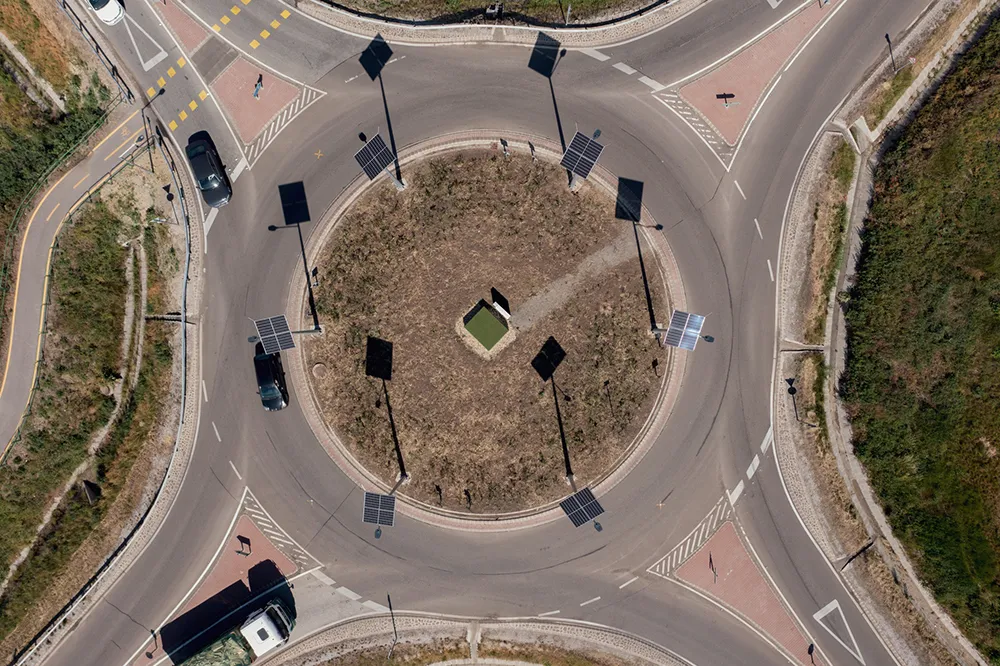Flir's ThermiCam thermal sensors have been installed at a major signalised intersection with the Utrechtseweg (N237) and Wilhelminalaan in Utrecht in the Netherlands In a bid to smooth traffic flows while also taking account of the presence of cyclists.
ThermiCam is an integrated thermal camera and detector for vehicle and cycle presence detection and counting at signalised intersections and provides an alternative to in-road loops. The sensor detects heat energy generated by cyclists and motorists and
December 9, 2014
Read time: 2 mins
ThermiCam is an integrated thermal camera and detector for vehicle and cycle presence detection and counting at signalised intersections and provides an alternative to in-road loops. The sensor detects heat energy generated by cyclists and motorists and uses this to make a distinction between the two and transmits the information over contact closures or IP to the traffic signal controller to allow green times to be dynamically controlled based on the type of road user.
ThermiCam detects cyclists and vehicles in all light conditions, regardless of whether traffic is moving or stationary. The sensor can also be used to count cyclists, even when they are riding in group.
“For this specific project, we needed a solution that was able to efficiently detect bicyclists and neglect motorists at the same time,” says Guus Sluijsmans, traffic engineer and account manager sales at









